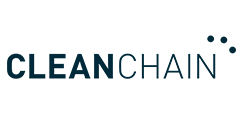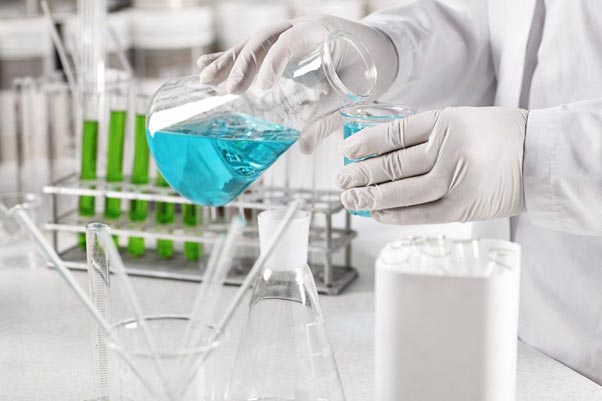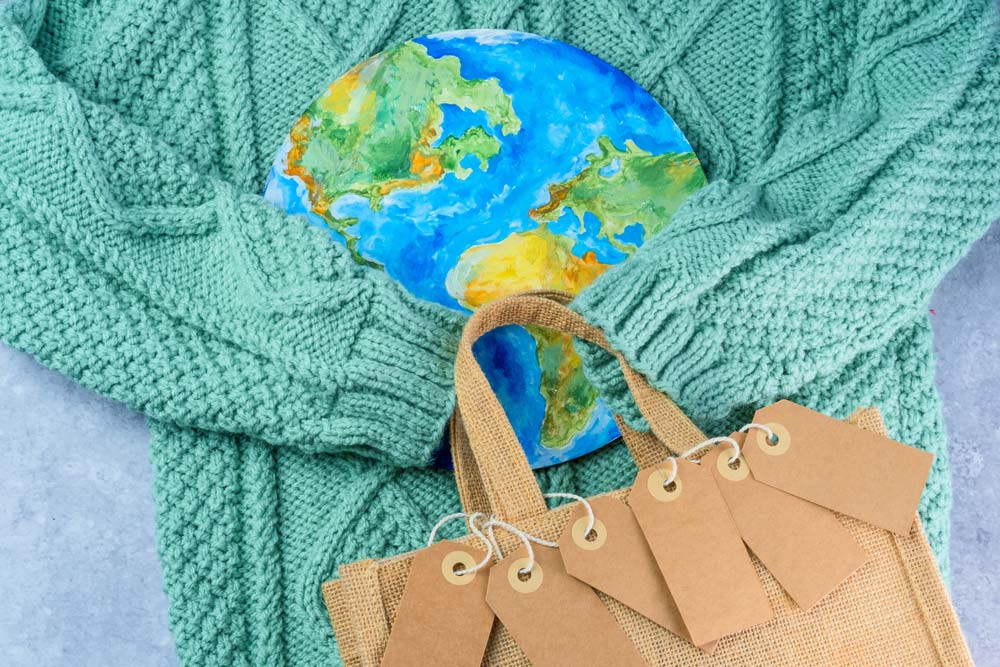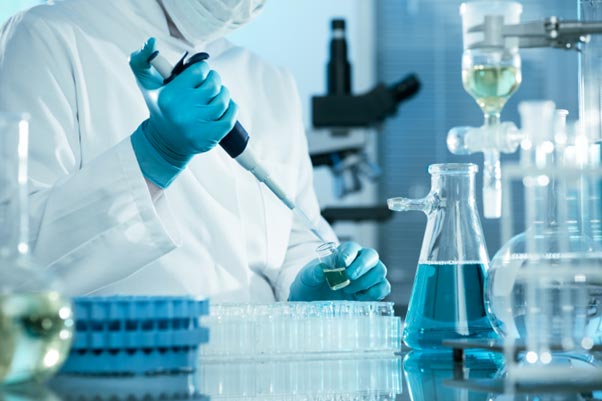Wastewater treatment: The most impacted industries
Article
Wastewater is one of the biggest environmental challenges we face today.
Around 71% of the Earth’s surface is water, of which 97% are oceans. Though abundant, this resource is unusable without costly treatment, leaving us with just 3% of freshwater. Most freshwater, however, remains inaccessible since it is stored in glaciers, the atmosphere, and polar ice caps. This makes the need for wastewater treatment an urgent demand for humanity.
The United Nations recognized this challenge back in 2015, resulting in wastewater treatment being listed as one of the eight targets identified by the United Nation’s Sustainable Development Goals (SDG 6) with the provision of clean water and sanitation for all by 2030. So far, progress has been slow — as much as44% of domestic wastewater is not safely treated. Tracking the progress of industrial wastewater treatment is an even more difficult task, resulting in an unknown of the full extent of its impact. The UN’s 2021 Progress on Wastewater Treatment update states: “The proportion of industrial wastewater flow treated was 30% and could only be calculated for 14 countries (representing 4% of the global population). There are insufficient data to produce global and regional estimates.”
What is industrial wastewater?
There are three types of wastewater: domestic, industrial, and storm. Industrial wastewater is a by-product from the manufacturing of commercial products, such as food and drink, clothing, and the production of items like toys, cars, and mobile phones.
Existing legislation requires organizations to manage and remove any organic and inorganic pollutants to water used in industrial production before discharging the water for re-usage. Clearly, however, this isn’t enough — more than 80% of global municipal and industrial effluent (liquid waste) is thought to be pumped into the environment without being adequately treated. Regulations need to be better enforced, in both richer and poorer countries, to protect ecosystems and provide a more sustainable way of living.
Which industries contribute most to industrial wastewater?
A number of industries contribute to industrial wastewater, including:
Textiles
In particular, this refers to industrial laundries. The commercial textiles industry services 15 billion pounds of laundry per year, including items like uniforms, bedding, and towels — all generating a substantial amount of wastewater that must be treated. The textiles industry also uses different dyeing processes, producing an estimated 20% of the world’s wastewater.
Chemical manufacturers
Unsurprisingly, chemicals used to produce petroleum, pharmaceuticals, and plastics —among others — release large amounts of dangerous pollutants that need wastewater treatment before being discharged into regular biological treatment plants and any water bodies after this.









